New dehumidifier ranges from Condair

Condair has introduced a range of advanced commercial and industrial dehumidifiers. They cover desiccant and condensing technologies with extensive standard capacities from 0.5 to 182 kg/h (at 20°C/60% RH). Custom units are also available.
The desiccant dehumidifiers use a silica-coated sorption rotor to absorb moisture from the air, a technology that is ideal for low temperature conditions or applications that require very dry air, below 50% RH. The sorption rotor is regenerated with a heated airflow, and the wet, hot air is vented externally. As standard, electrical heat exchangers are used for the regeneration process, but gas-fired, steam or hot-water heat exchangers can also be used — alongside the electrical heater or instead of it to reduce energy and operating costs. Additional modules can be seamlessly attached on either the process or regeneration airflows.
Condensing dehumidifiers use a refrigerant circuit to remove moisture from the air and are ideal for reducing relative humidity to around 50%. Features include hot-gas defrost as standard to control icing on the cooling coil and ensure efficient operation at lower room temperatures. Temperature-neutral models are also available; they have a secondary externally located condenser.
Both desiccant and condensing dehumidifiers can be operated as stand-alone systems or attached to a duct network. The large capacities available often enable a whole building to be served by a single unit.







